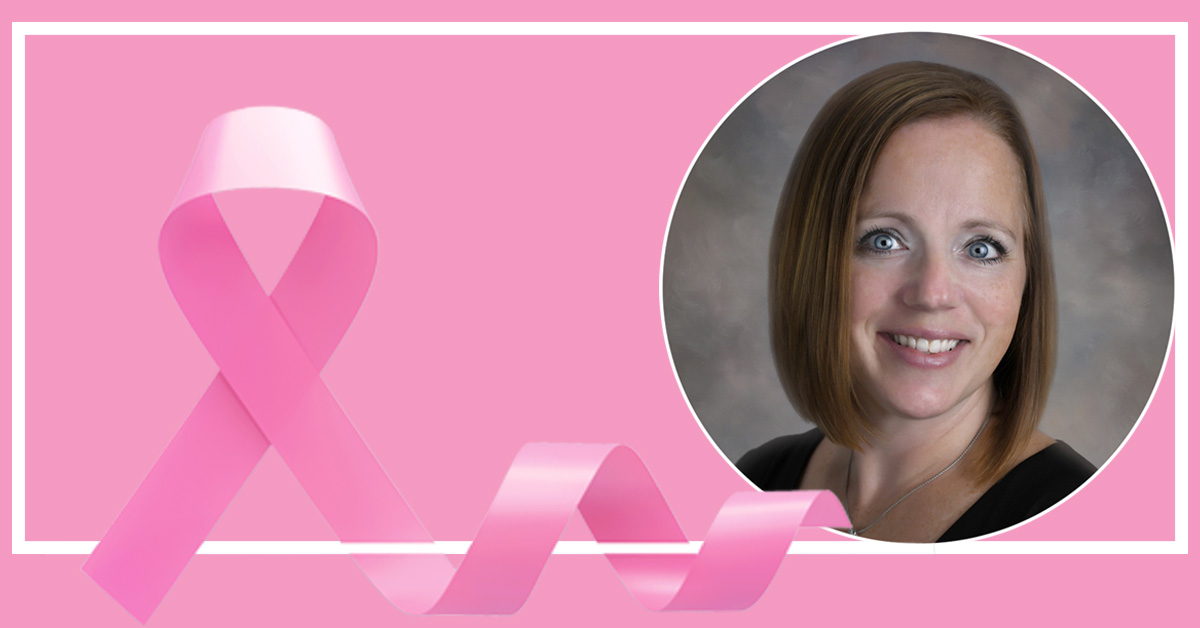
You can be your best defense against breast cancer.
Molly Linzmeier, a family nurse practitioner with Aurora BayCare General & Vascular Surgery, offers several tips to help people reduce their risk of a breast cancer diagnosis.
“Maintaining a healthy weight, being more physically active and limiting your alcohol intake go a long way,” Linzmeier says. “Of course, there is no sure way to prevent this disease, but these are just a few things you can easily do that might help lower your risk.”
Get a mammogram every year
An annual mammogram and regular breast self-exams also may help lower a person’s breast cancer risk, Linzmeier says. She practices at the Comprehensive Breast Health Center at Aurora BayCare Medical Center in Green Bay, a state-of-the-art facility offering a wide range of breast health services.
“A mammogram is an important diagnostic tool when it comes to breast cancer prevention,” Linzmeier says. “This low-dose X-ray lets radiologists look for changes in breast tissue and can help them find or detect breast cancer early, when it’s small and even before a lump has been felt.
“Women with an average breast cancer risk should start screening mammograms at age 40. If you have a family history of breast cancer, you might need to start sooner.”
Breast self-exams are important
Regular breast self-exams – done once each month – are probably the easiest way to keep a tab on things outside of the doctor’s office, Linzmeier says. “Who better to know what’s normal with your breasts than you?”
Breast self-exams may help you identify changes in the breasts, which could prove useful for breast cancer screening.
Here’s how to do a breast self-exam
A breast self-exam can be done in the shower or when lying down or when standing in front of a mirror.
- Take your opposite hand and press down on your breast in a circular motion around the nipple.
- As you make your way around again, move your hand closer to the nipple.
- Maintain firm pressure to the point where you can feel your rib cage.
- Another way to examine the breast is to press down in vertical rows, up and down the breast tissues.
- Repeat on the other side.
- Be sure to examine the nipples and sides of the breasts into the armpit.
“Don’t panic if you think something appears abnormal,” Linzmeier says. “It could be a host of things other than cancer.”
Check with your health care provider if you experience any of the following:
- Swelling or redness in a breast
- A change in the size of one breast
- An unusual warmth in a breast
- A lump or thickening feeling inside the breast or armpit
- Any puckering of breast skin
- Pain targeted in one area that will not go away
- An inverted, dimpled or scaly nipple
- A nipple leaking discharge
Do your part to help reduce your risk of a breast cancer diagnosis, Linzmeier says.
“Awareness of breast changes and risk factors can help you be in the driver’s seat of your overall breast health,” she says. “We are here to help navigate your path but you can help minimize your risk as well.”